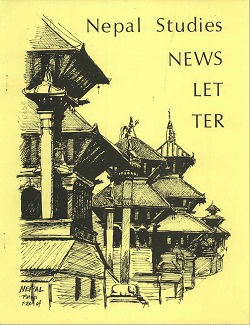Author Biography
Georgios T. Halkias (DPhil Oriental Studies, Oxford, 2006) is a Tibetologist and Buddhist Studies specialist. An Associate Professor at the Centre of Buddhist Studies at the University of Hong Kong, he held several Research Fellowships at the School of Oriental and African Studies (British Academy Post-Doctoral Fellow), the Warburg Institute, and the Ruhr Universität Bochum. He has published on Tibetan and Himalayan Studies and his most recent book is a study of Pure Land orientations in Tibet, Luminous Bliss: a Religious History of Pure Land Literature in Tibet(University of Hawai‘i Press, 2013).
Abstract
The history of the earliest transmission of Indian Buddhism to Tibet in the 7th– 8thcenturies is in essence the story of the transmission of its scriptures. Tibetan translations of Sanskrit texts from the early imperial period, along with manuscripts translated from the 11thcentury onwards, contributed to the formation of Buddhist scriptural collections. Today different versions of the Tibetan Kangyur survive in the interior and at the margins of the Tibetan cultural world. This Perspectives piece serves as a modest introduction to the illustrated Prajñāpāramitā manuscripts and handwritten Buddhist canons preserved in the Indian north-western Himalayas. Their further study will undoubtedly advance our knowledge of Ladakh’s cultural and religious heritage and offer critical insights in the formation of Tibetan canonical literature. The purpose of this overview is to highlight the results of initial findings, explain how they relate to existing knowledge, and raise important themes for additional enquiries.
Creative Commons License

This work is licensed under a Creative Commons Attribution-Noncommercial-No Derivative Works 4.0 License.
Recommended Citation
Halkias, Georgios T .. 2020. The Heritage Buddhist Manuscripts of Ladakh Tibetan Buddhist Canons and the Perfection of Wisdom Sutra. HIMALAYA 39(2).
Available at:
https://digitalcommons.macalester.edu/himalaya/vol39/iss2/16


